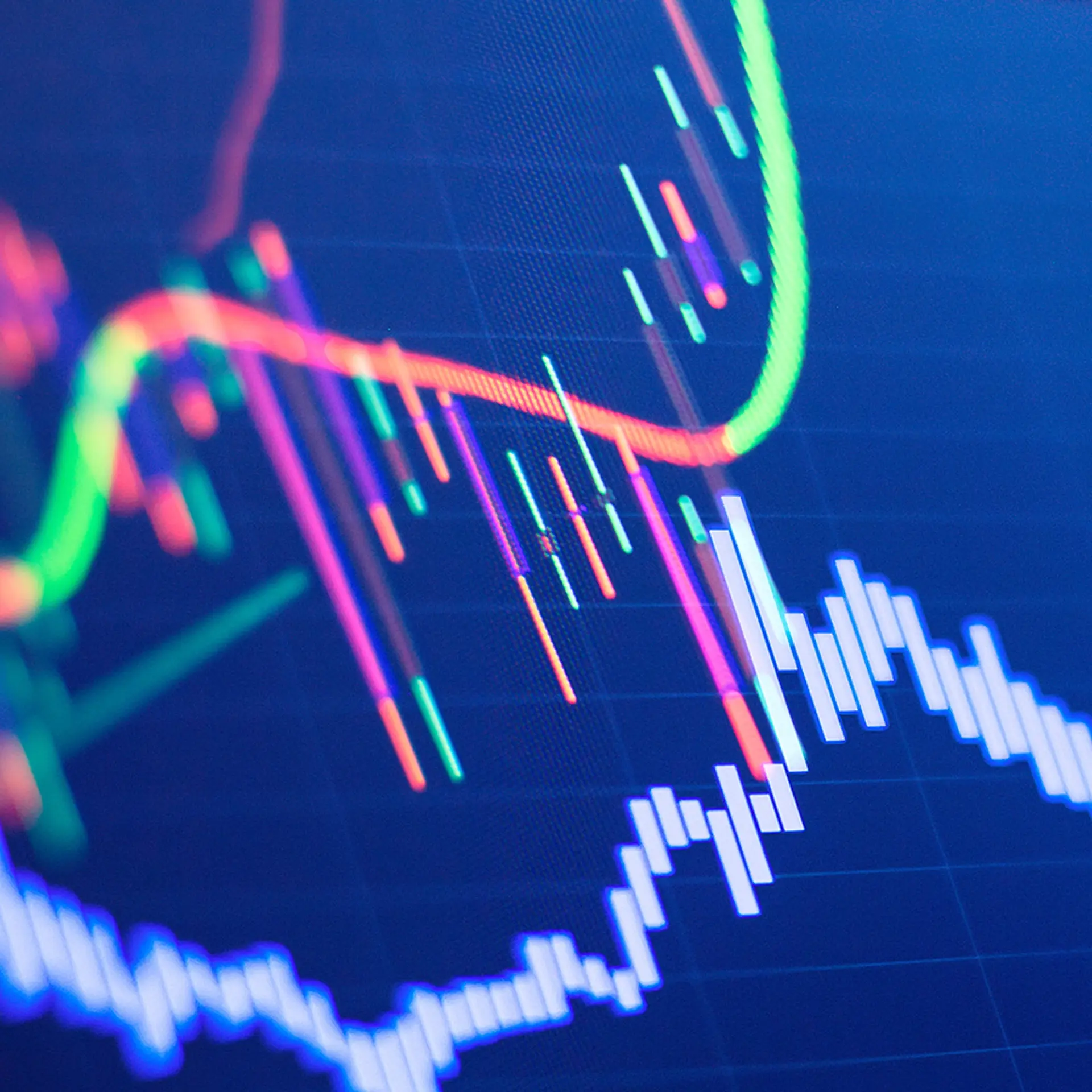[Techie Tuesdays] Meet Sauvik Banerjjee, a Ranji trophy player who went on to architect Reliance Jio
The star of our Techie Tuesdays this week, Sauvik Banerjjee was a professional cricketer who represented Bengal in the Ranji Trophy before turning into a techie, an entrepreneur, and an architect. He led the team at SAP responsible for the architecting Reliance Jio. In his over 20 years of professional life, he has been a part of over 150 digital product and platform implementations. He is currently focused on omni-channel, deep learning, machine learning, NLP (Natural Language Processing) and innovations in IoT and Industrial IoT.
Sauvik Banerjjee is to an extent that Sharma Ji’s son who has made many parents around him envious of his achievements. Whether it’s representing Bengal in Ranji Trophy cricket, getting a PhD in NLP, exiting from his first startup in 2002, building and deploying e-commerce platforms for some of the largest retail giants globally, or being the architect of Reliance Jio and TATACLIQ, Sauvik has certainly been through an exciting journey to get to where he is today.
Today, he’s an infrastructure architect, innovation architect, and product and platform architect. Here’s a detailed account of this week’s Techie Tuesdays - Sauvik Banerjjee’s journey.
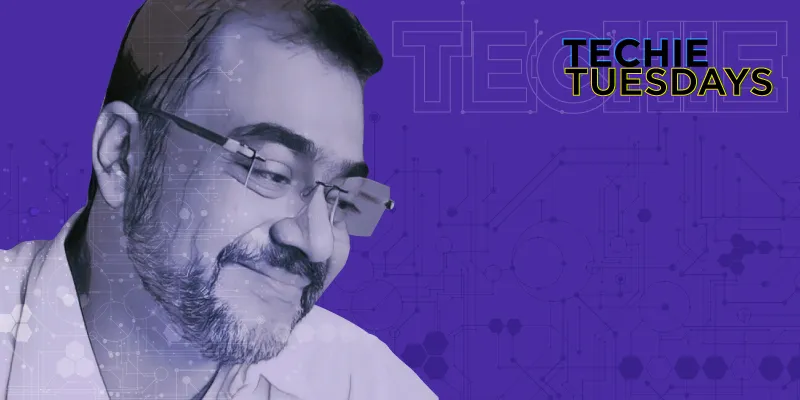
A childhood split between quantum mechanics and sports
Born to a professor father and a sportswoman mother, Sauvik’s childhood was a mix of applied education and sports. His father was a professor in applied physics and quantum mechanics, while his mother was an entrepreneur and a professional sportswoman. He was a part of many extracurricular activities in school. He was professional sportsman for a long time, and played in the Ranji Trophy, representing Bengal. In 1993-95, he played for the under-19 Indian team, representing the country against England in three test matches. Sauvik was a part of the MRF Pace Foundation under Dennis Lillee, and later on replaced Subroto Banerjee to find a place in the Bengal team under Sourav Ganguly. He recalls, “I was brought back into the Bengal side once more by replacing Sourav's brother Snehasish Ganguly.”
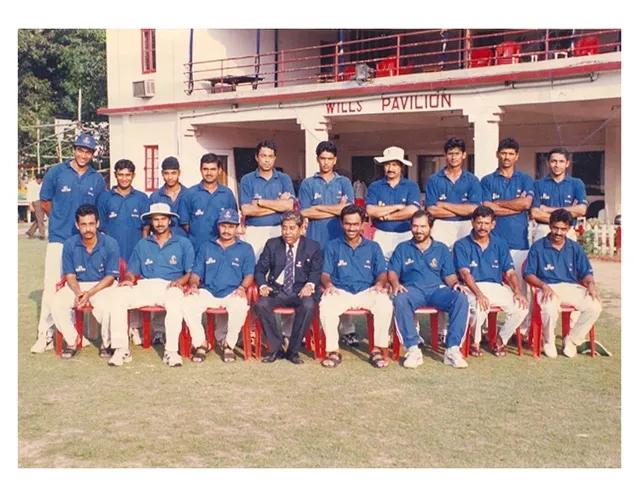
Sauvik started his college at St. Xavier’s, but left halfway through, as his family moved to the UK. He finished his migrational masters (from UCL) and followed it up with a Ph.D from the University of Sunderland, Durham University, in Natural Language Processing in 2000.
Also read: Yashavant Kanetkar: the man who taught C programming to millions of Indians
He says,
Coming from a very scientist-driven background, I was always exposed to various scientific minds (my uncles were professors as well), and multiple researchers and scientists from a very young age. At the impressionable age of 12-16 years, I was exposed to solution and technology-driven problem solving point of views.
He used to go to labs with his father. Book reading and storytelling were also an important part of the family’s life. He remembers the stories of how the Chernobyl tragedy happened, how Thomas Alva Edison performed experiments, and how a movie producer, Howard Hughes, became an aviation industry influencer. His interest in innovation and invention led to a journey of research.
A PhD, a startup and an exit

Sauvik’s PhD thesis was in cross language information retrieval on familiar paired languages - like Hindi and Bengali, or Spanish and French. Please note that literal translation wasn't available at that time. He recalls,
When we cracked the literal translation, Google was the first to come and talk to us.
Sauvik’s first venture was the exact opposite of Napster. While Napster was offering free downloads of music, he founded PHYDOS, the UK's first back catalogue online music e-commerce engine for non-billboard songs. He later achieved a successful exit to one of the largest back catalogue companies in the world - Music Stack. At the time of the exit, PHYDOS was shipping across the UK, Ireland and Western Europe. The eight-member team was clocking over £250,000-£350,000 a year in revenues.
PHYDOS’ core engine was written JSP. CGI and GDOS were also used in PHYDOS. The product had catalogue hierarchy, the master data management, the checkout play and the data on boarding time.
Later on, Sauvik started an RFID organisation, which developed software and hardware using different tools like batch links. According to Sauvik, RFID was the first age of IoT. He ran this company for two years and implemented the solutions in enterprise customers like Tesco, Dixons Retail and Currys.
The making of the e-commerce deployment expert
Sauvik later decided to become an evangelist programmer cum deployment expert cum architect with the European Centre for Research and Sustainable Development. It was a private limited organisation that deployed various digital products and platforms across the UK and Ireland. After this, he became the e-commerce head of the Home Improvement group, and hand held them through their venture into e-commerce. Sauvik recalls that, by 2005, the UK market had matured in e-commerce. In his first stint, his mandate was to bring eight companies from different backgrounds online, where they could sell their products. Using JSP as the programming language and HTML for rendering, he built online e-commerce DIY products platforms.

In his next stint, which was with NetSuite, Sauvik deployed e-commerce sites like www.mandco.com, www.fatface.com, www.animal.co.uk, www.britishmuseumshoponline.org, and www.orange.och. This was an important part of his journey as an architect. Netsuite had already built an online platform for apparel and retail. It offered catalogue management and a consumer and content experience platform. Sauvik’s role was that of a product or deployment architect. He was already architecting by then and had strong program and project management skills. He says,
I went in to fundamentally take a brand, configure it with my development team to the business requirements with regression testing and QMO, and made them go live. The mandate was to make every brand live within six months (including one month of warranty). We had to roll out these brands within this time scale with MVP, with which we can hit the market and start their online journey.
Related read: Meet the chief architect of Aadhaar, Pramod Varma
Netsuite’s platform had a JAVA engine and Oracle DB background. Sauvik’s team used to take on three brands at a time, deploying them within six to nine months. In his stint, he took on and deployed six or eight such brands. It was his first exposure to a readymade pure play e-commerce content management, order management, and product catalogue management platform.
Sauvik later worked for Demandware (acquired by Salesforce recently). After having enough of retail deployment of e-commerce, he ventured into the insurance e-commerce space and joined Towergate Financial Group as their e-commerce head, and deployed various insurance e-commerce platforms engines, back-ends and websites. Over the course of his next stints with Infosys and Accenture, he became an expert in the deployment of digital commerce platforms and products.
Architecting India's digital revolution
Sauvik started his journey with SAP in 2014. SAP's core architecture team was building Jio's billing application and was asked to build architecture for Reliance’s e-commerce engine, which would power Jio.com. The plan was to first launch Ajio to trial on the engine of Hybris (the platform of choice to roll out e-commerce sites). Since Sauvik was one of the top three established Hybris architects in the world, in December 2014, he was asked to be the lead architect of Reliance’s upcoming revolutionary telecom platform. He shifted to Mumbai to take care of this project. Team members from Reliance and Infosys helped in executing this project, while Cognizant and SAP deployed it. Sauvik decided to take it one step at a time and focused on building Ajio first. Reliance’s marketplace will come online next. Sauvik and his team have basically built the digital architecture of Jio.com. This architecture had a dependency on billing engine, which is a SAP stack.
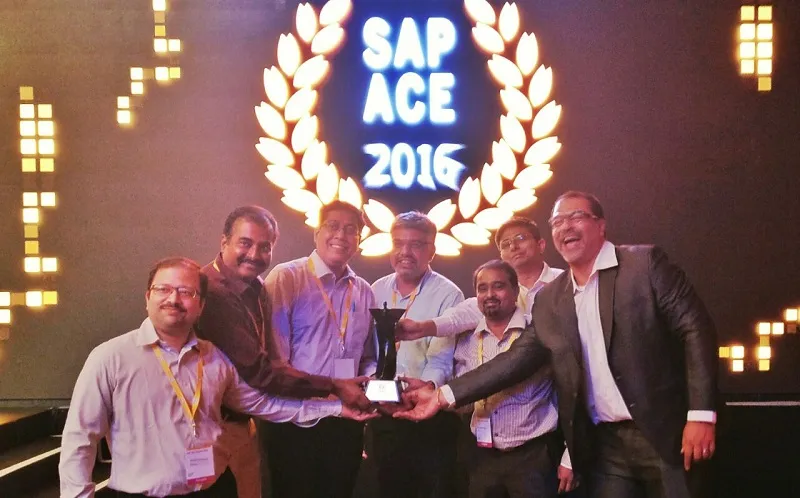
Sauvik’s team came across issues with integrations of the systems and testing. He says,
We are trying to create something significantly important for our country's digital roadmap. Whatever we wanted to do, we wanted to do it right in the given time. We knew that everything is not expected to go smooth.
You may also like: Is Reliance Jio and its extended universe of apps worth the Prime membership?
Sauvik was later brought onboard for the deploying of TATA CLIQ, where he built the entire architecture. Since it was around the same time as Jio, his head and heart were torn between two $100 billion+ giants. He maintained the highest level of integrity during the execution of these projects.
Sauvik also led the teams making the Shoppers Stop group, Asian Paints (B2B), and Big Bazaar’s e-commerce systems live as well. Globally, he has played the role of an architect for many renowned brands, including Disney.
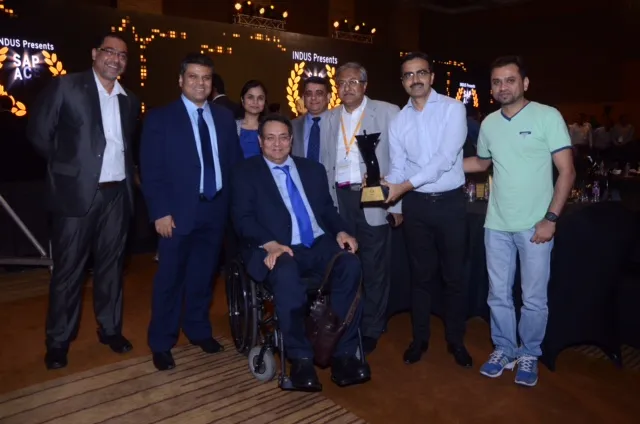
Sportsman’s spirit and leadership lessons
Sauvik believes that the biggest advantage of being a sportsperson is that you're, by default, a people's person. It makes you a man manager, working with various dynamics, diversities, and egos. He learnt man management, people management, and the grooming of a new generation of leaders while playing. Sourav Ganguly is Sauvik’s close family friend, and they had played in Mohun Bagan together, and then the Ranji Trophy team. He learnt from Sourav that a leader should ensure that an individual’s success in a team becomes part of your success story going forward. Sauvik says,
Empowering individuals with responsibility, and working on each individual's goals and efficiency is full-time work for a leader. I don't have an MBA, but my biggest leadership, people management, and conflict management skills come from sports.
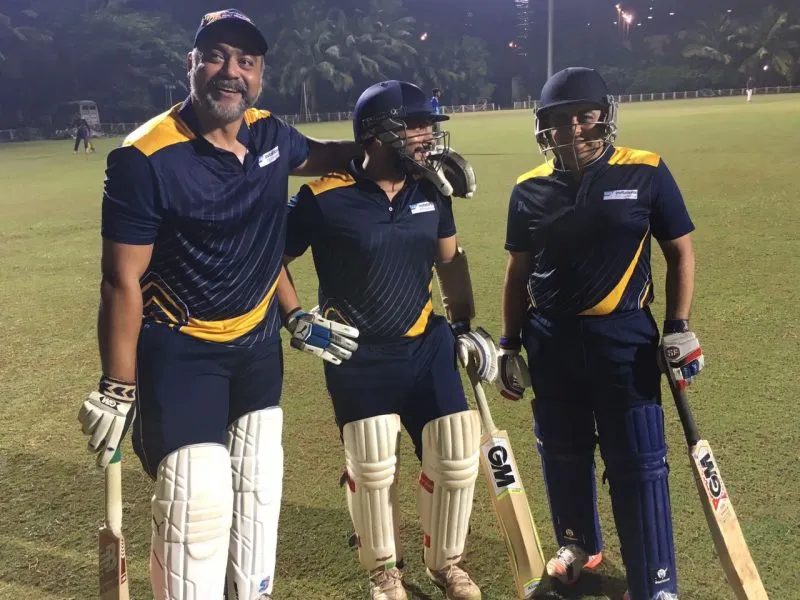
Of values and work-life balance
Sauvik has three guiding values in his life:
- Stop dreaming - start visualising a roadmap.
- No technology is of any value unless and until it solves an issue.
- Empower and co-create wealth, and then you become wealthy by default.
Sauvik was shocked when he moved back to India. While he was used to long hour projects, working continuously 16 hours a day for an entire year was unmanageable for him, especially with a family. He believes that a work-life balance is fundamentally about time management. He generally switches off early on a weekend. He says, “Ensure that you take Monday off if you're working on the weekend.” A burn out in the long run brings down efficiency drastically.
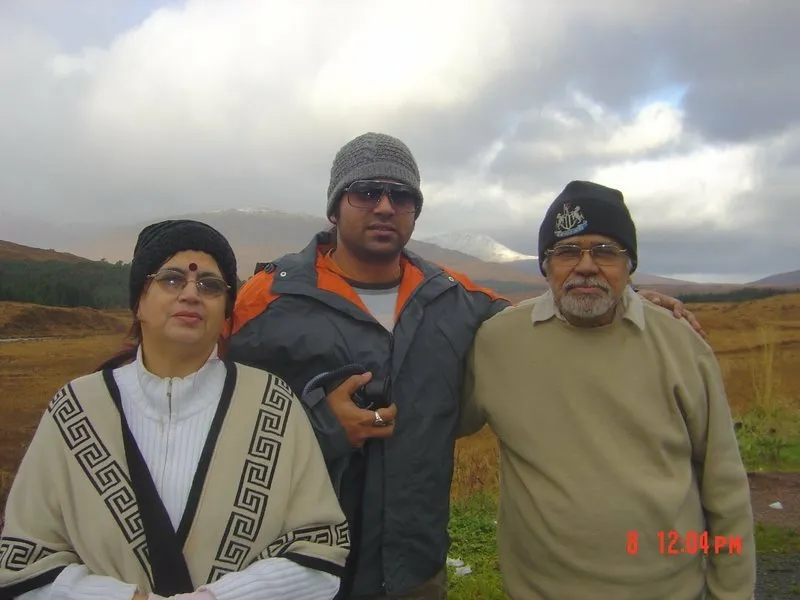
Hiring a techie/architect
According to Sauvik, understanding the business requirement or the problem statement is the most important quality of a techie. He believes that the appetite to understand the business problem statement and work towards a solution is part of the right attitude and right set of skills for a good techie. From an architect’s point of view, understanding the problem and doing the right shipment of technology and deals matters the most, whereas a programmer has to be agile to be scalable for various tools and technologies.
Sauvik is advising and mentoring startups and incubators in the IoT space. He’s writing his first book on the innovation journey of India and the way forward. It is fundamentally on AI and machine learning. Recently, he was appointed the Vice President - Digital Initiatives- Advisory to Group CO's at TATA Industries and the CTO of TATACLIQ. You can connect with him on LinkedIn.
Which domain name would you choose for your website? Click here to tell us.


![[Techie Tuesdays] Meet Sauvik Banerjjee, a Ranji trophy player who went on to architect Reliance Jio](https://images.yourstory.com/cs/wordpress/2017/03/Sauvik-Banerjjee.jpg?mode=crop&crop=faces&ar=2%3A1&format=auto&w=1920&q=75)


